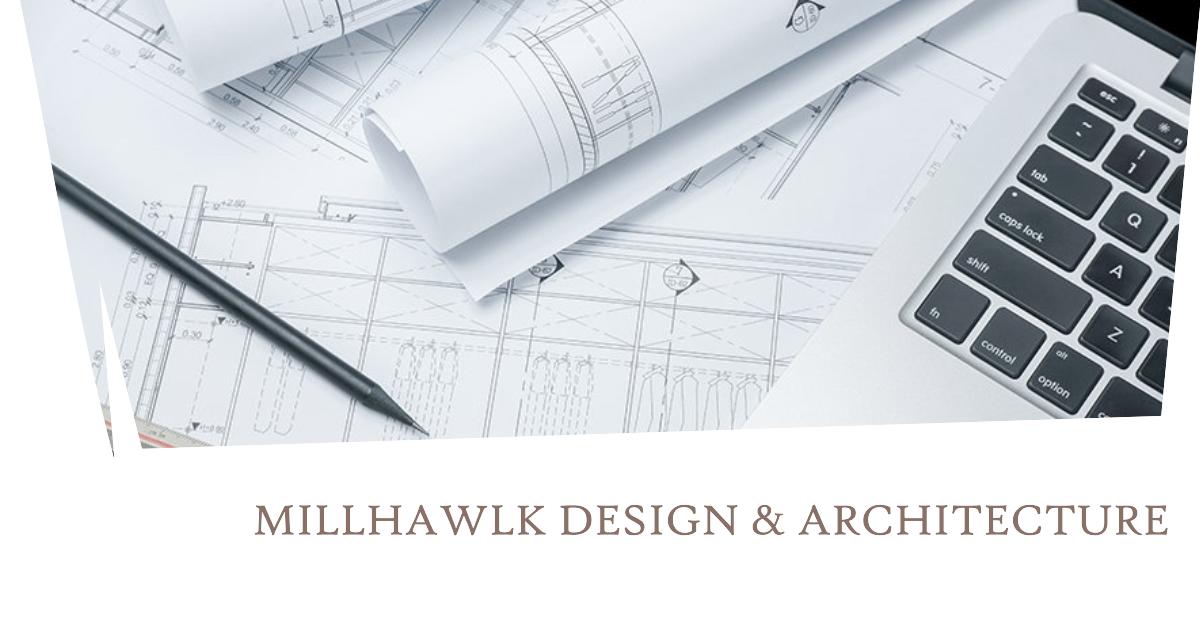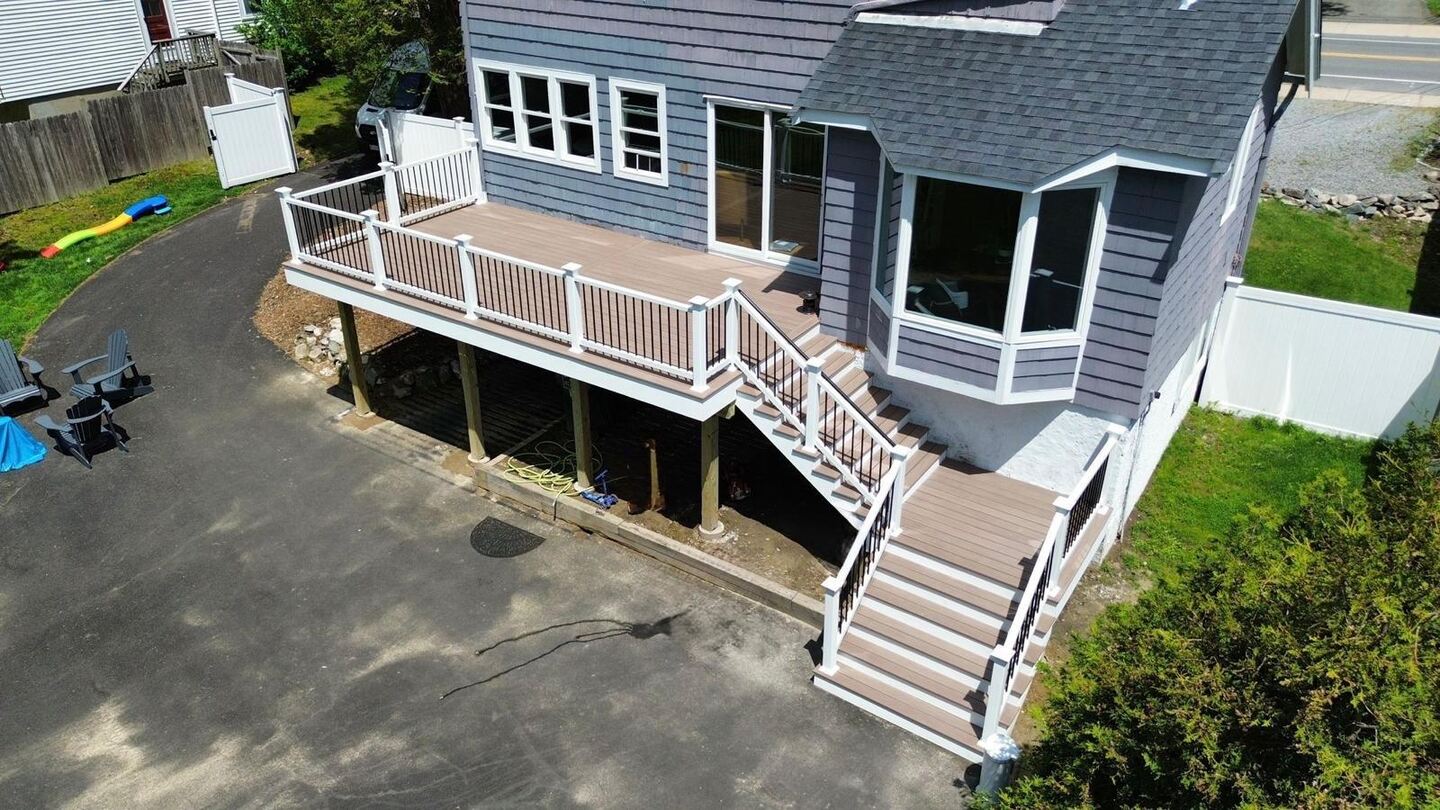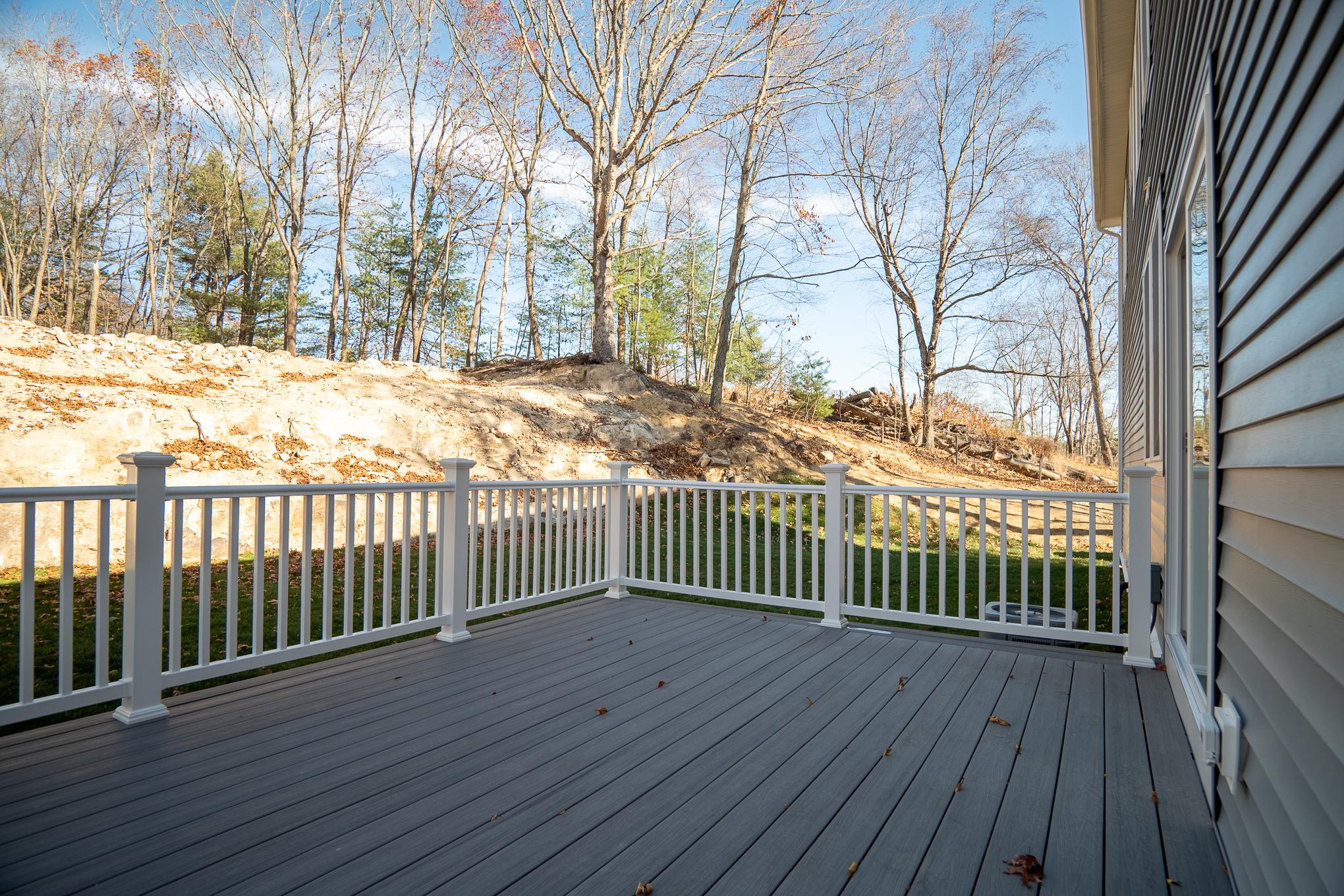What is Parapet in architecture?
A parapet in architecture refers to a low protective wall or railing along the edge of a roof, balcony, bridge, or terrace. It serves both functional and aesthetic purposes, providing safety and adding visual interest to the structure.
Types of Parapets
There are several types of parapets used in architecture, including solid parapets, perforated parapets, and balustrade parapets. Each type offers a different level of protection and design aesthetic to the building.
Functions of Parapets
Parapets play a crucial role in preventing people from falling off elevated surfaces, such as roofs or balconies. They also help to conceal mechanical equipment, provide privacy, and enhance the overall appearance of the building.
Materials Used in Parapets
Parapets can be constructed using a variety of materials, including concrete, stone, metal, glass, and wood. The choice of material depends on factors such as durability, aesthetics, and budget.
Design Considerations for Parapets
When designing a parapet, architects must consider factors such as height, thickness, shape, and detailing. These design elements not only impact the functionality of the parapet but also contribute to the overall architectural style of the building.
Historical Significance of Parapets
Parapets have been used in architecture for centuries, dating back to ancient civilizations. They were originally designed for defensive purposes, providing protection against enemy attacks during battles.
Modern Trends in Parapet Design
In contemporary architecture, parapets are often used as design features to create visual interest and define the silhouette of a building. Modern trends include minimalist parapets, green roofs, and integrated lighting.
Challenges in Parapet Construction
Constructing a parapet can pose challenges such as structural stability, waterproofing, and maintenance. Proper detailing and construction techniques are essential to ensure the longevity and performance of the parapet.
Environmental Considerations for Parapets
Parapets can also have environmental benefits, such as providing shade, reducing heat gain, and promoting biodiversity. Green parapets, for example, can help improve air quality and mitigate the urban heat island effect.
Conclusion
In conclusion, parapets are an integral element of architectural design, serving both practical and aesthetic functions. By understanding the various types, functions, materials, and design considerations of parapets, architects can create safe, visually appealing, and sustainable buildings.




